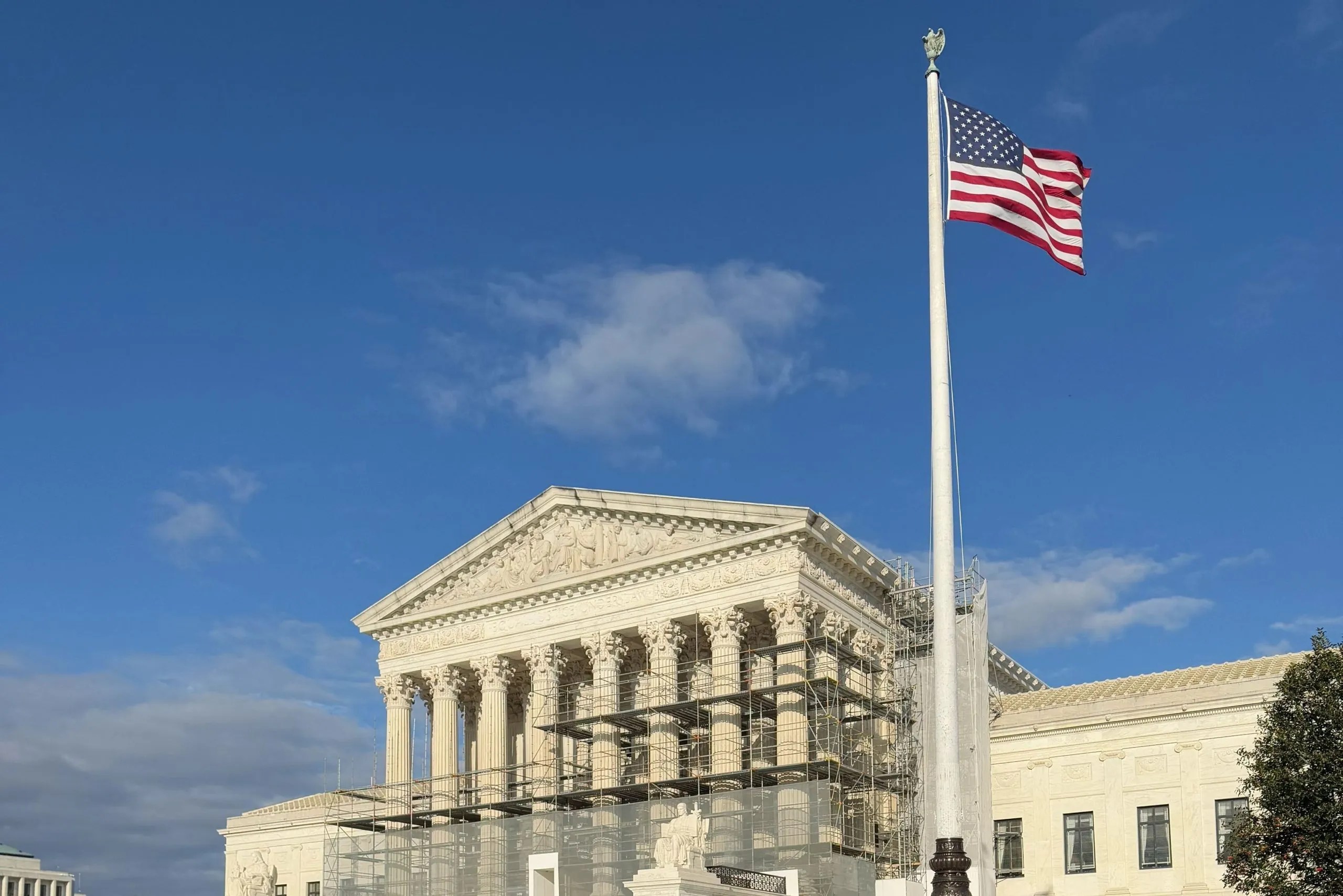
On Monday, June 16, 2025, the U.S. Supreme Court granted certiorari in Chevron U.S.A. Inc. v. Plaquemines Parish, a case about the extent to which federal contractors can remove lawsuits to federal court under the federal officer removal statute.1
The federal officer removal statute, 28U.S.C. §1442(a)(1), allows federal officers—and “any person acting under that officer”—to remove lawsuits involving their official duties from state to federal court. Since the statute’s enactment, Congress has repeatedly expanded its scope to add new classes of defendants and cover a wide range of actions. For example, as relevant here, a prior version of the federal officer removal statute required defendants to establish that the suit was “for any act under color of office,” which required a defendant to establish a causal nexus between the charged conduct and asserted official authority.2In 2011, however, Congress amended the statute to allow the removal of not just actions “for” any act under color of office but also actions “relating to any act under color of such office.”3
Congress’s 2011 amendment is at the center of the dispute in Chevron. The appeal arises from lawsuits filed by Louisiana and two of its parishes against Chevron and other oil and gas companies alleging that the companies’ oil production activities led to the rapid deterioration of Louisiana’s coast in violation of a state statute.4 But before litigating the merits, the parties have been litigating where the suit belongs. While Louisiana and its parishes filed their lawsuits in state court, the oil and gas companies sought to remove the cases to federal court invoking the federal officer removal statute. The oil and gas companies argued that removal to federal court is proper because their oil production activities were related to federal contracts to supply the U.S. government with refined aviation gas (avgas) during World War II and, to fulfill those contracts, they produced crude oil (since avgas is made by refining crude oil).5The district courts, however, remanded the cases to state court, reasoning that the oil and gas companies were unable to show that they were “acting under” a federal officer and that their refining contracts adequately related to the oil production activities at issue in the lawsuits.6
A divided Fifth Circuit affirmed. The Fifth Circuit, unlike the district courts, concluded that the oil and gas companies were “acting under” a federal officer.7 But the Fifth Circuit agreed with the district courts that the companies were unable to show that their challenged oil production activities were sufficiently connected to their federal contracts.8 Applying its connection-or-association test, the Fifth Circuit reasoned that those contracts directed only the companies’ refining activities while the lawsuits challenged the companies’ crude oil production activities.9 Since the contracts included no provision “pertaining to oil production or directing [the companies] to use only oil they produced,” the refining contracts did not speak directly to the petroleum production actions challenged in the litigation.10 In reaching this decision, the Fifth Circuit declined to rely on “extra-contractual sources” and instead focused on “the contents of the relevant federal contracts.”11
Judge Andrew Oldham dissented. While Judge Oldham agreed that the oil and gas companies “acted under” a federal officer in both producing and refining petroleum during WWII, he disagreed with the majority’s view that the companies’ actions did not “relate to” instructions from federal officers. Underscoring that Congress expanded the scope of the federal officer removal statute in 2011 by authorizing removal of suits “relating to any act under color of such office,” Judge Oldham reasoned that the Fifth Circuit’s recently adopted connection-or-association test did not require a contractual provision specifically directing the contractor to undertake the actions later challenged.12
The parties, in their cert. petition briefing, argued over the scope of the federal officer removal statute post-2011 amendment. The oil and gas companies argued that the Fifth Circuit required too tight a nexus between the Louisiana lawsuits and the federally directed acts. Congress’s 2011 amendment, in their view, eliminates any causal-nexus test and does not require a specific contractual provision directing the conduct challenged in the lawsuits; it is enough that their challenged crude oil exploration and production activities relate to their federal contracts under which they refined crude oil to produce avgas.13 On the other hand, Louisiana and the two parishes pushed for a contractually directed test; because the avgas contracts did not specifically provide how the contractors were to obtain petroleum, the oil and gas companies’ federal contracts did not “relate to” the challenged conduct.14
The Supreme Court is now in position to address the test for determining when federal contracts sufficiently “relate to” challenged conduct such that federal contractors may avail themselves of the federal officer removal statute. This clarification is warranted given that courts of appeals have split on what Congress meant when it added the words “relating to” in the federal officer removal statute. While some circuits continue to apply the causal-nexus test,15others have moved to a more lenient test that requires only some “connection” or “association” between the challenged act and the defendant’s federal duties or directions.16 Having previously adopted the connection-or-association test, the Fifth Circuit here demanded a contractual provision directly on point to satisfy that test.17
The Supreme Court’s decision in this case will likely affect federal contracts and contractors. Underlying the federal officer removal statute is the presumption that proceedings in state court may “reflect ‘local prejudice’” or priorities.18 To the extent federal and state interests clash, federal contractors tasked with implementing federal priorities may prefer to litigate in a federal forum rather than running the risk of proceeding in the state forum selected by plaintiffs. A Supreme Court decision narrowing the removal protections for federal contractors would limit contractors’ ability to act on this strategic calculation. The Supreme Court will hear the case next term.
Our team of experienced litigators will continue to monitor developments and stands prepared to advise government contractors and others dealing with the federal government in navigating these issues.



